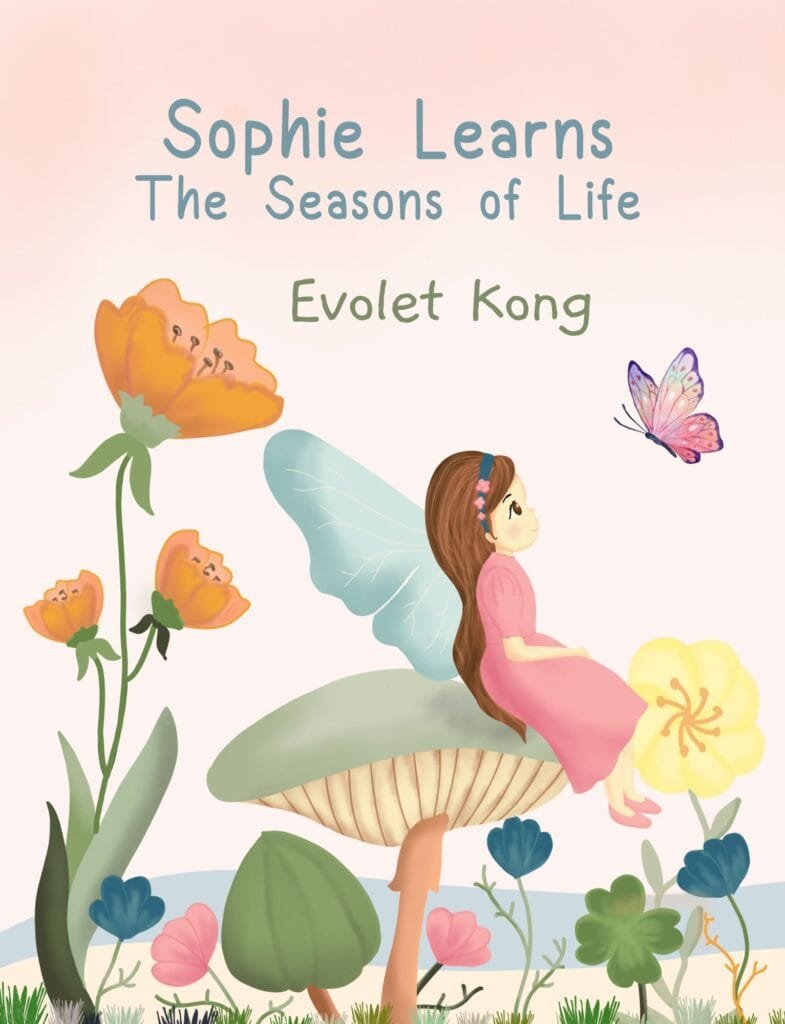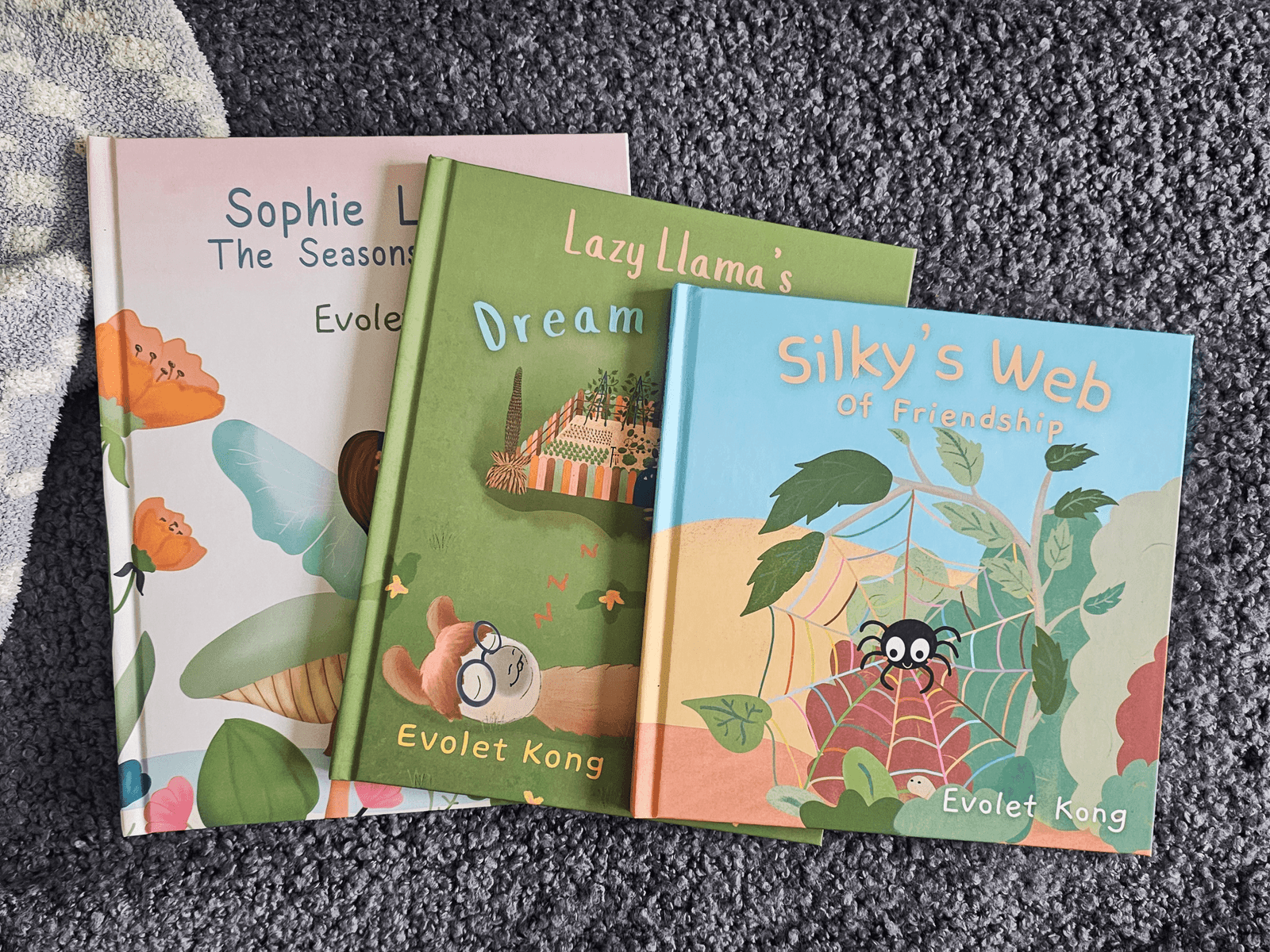
I often find myself reflecting on the incredible power of stories and the life values and lessons they impart. Books are more than just entertaining tales; they are gateways to understanding complex emotions, navigating relationships, and tackling the challenges that life throws our way. Reading with our kids opens up conversations that help them learn and grow in ways that are both meaningful and memorable. From the joy of friendship to the strength of resilience, the right story can spark a light of understanding in their hearts.
Today, I want to share 7 important life lessons that books can teach our children, and how you can use these stories to foster their development. Let’s dive into how literature can shape our little ones into kind, thoughtful, and resilient individuals!
1. Resilience
Books often showcase characters who face adversity and come out stronger on the other side. By introducing your child to these stories, you’re teaching them that setbacks are a part of life and that perseverance is key. Look for stories where characters have to overcome obstacles, whether big or small. You can even encourage your child to think of their own strategies for resilience. When they see that struggles are normal, they’ll feel more equipped to tackle their own challenges. Reading about resilience can also build a sense of hope and optimism in your child. After all, knowing that others have triumphed over difficulties can inspire them to do the same.
In the story Sophie Learns The Seasons of Life by Evolet Kong, young fairy grieving her late mother, embarks on a magical journey through the seasons guided by a firefly. Each season symbolizes a stage of life, teaching Sophie about change, growth, and resilience. Through this journey, she gains the strength and understanding to cope with her grief and embrace life’s natural cycles.
2. Empathy
Empathy is a vital skill for building connections with others, and books are a fantastic tool for developing this trait. When your child reads about characters from different backgrounds and experiences, they learn to see the world from another person’s perspective. You can also read stories that feature diverse cultures and lifestyles to broaden their understanding of the world. This exposure can foster compassion and help them develop meaningful relationships. The more they engage with stories that showcase different experiences, the more empathetic they’ll become in their daily lives.
Stand in My Shoes by Bob Sornson follows Emily, a young girl who learns about empathy after her father explains its importance. As she starts noticing the feelings of those around her, Emily takes small actions to show understanding and kindness, discovering how empathy can make a positive difference in the lives of others. The story encourages readers to see the world from other perspectives and practice compassion.
3. Courage
Books are filled with heroes who face their fears head-on, showing children that courage comes in many forms. Share stories where characters confront challenges, whether it’s standing up for a friend or embarking on a new adventure. Discuss the moments that require bravery in the story, and relate them to situations your child may encounter in their own life. You might ask, “What do you think it means to be brave?” or “How can we show courage in our everyday actions?” This conversation can help them realize that courage isn’t just about big, heroic acts but also about small, everyday choices. Reading about courage can inspire your child to step out of their comfort zone, try new things, and face their fears with confidence.
In Horton Hears a Who! by Dr. Seuss, Horton the elephant hears a faint cry for help from a tiny speck of dust inhabited by the Whos, a microscopic community. Despite ridicule and disbelief from others, Horton stands firm in his belief that “a person’s a person, no matter how small” and works tirelessly to protect the Whos. His courage and determination ultimately convince everyone to recognize the value of every life, no matter how small.
1. Friendship
Friendship is a recurring theme in many children’s books, and these stories often highlight the importance of loyalty, trust, and support. Through stories of friendship, children can learn how to be a good friend, resolve conflicts, and appreciate the people in their lives. You might share tales of characters who stand by each other during tough times or who navigate the ups and downs of friendship. After reading, ask your child what qualities they think make a good friend. Discuss how they can embody those traits in their own friendships. Encourage them to think about how to be supportive, kind, and understanding. Books about friendship can also serve as great conversation starters for discussing their own relationships.
Silky’s Web of Friendship by Evolet Kong tells the story of Silky, a lonely spider who struggles to make friends. Using her creativity, she weaves an intricate and beautiful web to catch the attention of other garden creatures who were otherwise too scared to be her friend. Her efforts teach her the value of self-expression and connection, ultimately helping her attract friends who find out that she is not scary at all.
1. Responsibility
Books that feature characters who learn to take responsibility for their actions can be valuable teaching tools. They help children understand the importance of accountability and following through on commitments. Look for stories where characters make choices and face the consequences, both good and bad. After reading, you can discuss with your child how the character handled their responsibilities and what they learned from the experience.
In The Little Red Hen by Paul Galdone, a hardworking hen finds grains of wheat and asks her animal friends for help planting, harvesting, and baking bread. Each time, they refuse, leaving her to do all the work herself. When the bread is ready, they eagerly want to share it, but the hen teaches them a lesson about responsibility by enjoying the bread on her own. The story emphasizes the importance of contributing and teamwork.
1. Teamwork
Teamwork is essential in many aspects of life, and stories that highlight collaboration can teach children its importance. Look for books that feature characters working together to achieve a common goal, whether it’s building a treehouse or solving a mystery. Discuss how each character contributed to the team and what they learned from one another. Ask your child about times they’ve worked with others and how they felt about it. Encourage them to think about the strengths of their friends and how those strengths can complement each other. By reading about teamwork, children can understand the value of cooperation and how it can lead to greater success.
Lazy Llama’s Dream Garden by Evolet Kong tells the story of a llama who dreams of creating a beautiful garden but doesn’t know how and struggles to put in the effort. With the help of friends, Liam learns the importance of teamwork and patience. Together, they create a beautiful garden, showing that great things can be achieved when everyone works together.
1. Problem Solving
Many children’s stories present characters with challenges that require creative solutions. These narratives can inspire your child to think critically and develop their own problem-solving skills. Discuss the problems the characters face and brainstorm alternative solutions together. Ask questions like, “What else could they have done?” or “How might you approach this problem?” By engaging with the story, your child can learn that there are often multiple ways to solve a problem and that it’s okay to make mistakes along the way. Reading about characters who navigate challenges can empower children to tackle their own problems with confidence and creativity.
Bringing the Rain to Kapiti Plain by Verna Aardema tells the story of Ki-pat, a clever herdsman who solves the problem of a drought threatening his animals and the land. Using his ingenuity, he fashions a bow and arrow to pierce a rain-filled cloud, bringing much-needed rain to the plain. The story highlights the power of resourcefulness and creative problem-solving in overcoming challenges.











